Most of you are probably here because you want to learn to weave, but have you ever thought about what weaving can teach you?
Weaving requires not only learning the techniques but also appreciating it for what it is. It is so much more than just how to interact with your warp and weft.
There are things that you can do to bypass some of these things, but for the most part, they are a part of weaving no matter what.
And to be honest, you will learn these whether you like it or not.
That makes them sound bad.
They are not bad – I promise!
In fact, the things that weaving can teach you can be used in other parts of your art practice and your life.
I like to call these #weavinglifelessons.
Weaving is an adventure that starts with a spark of interest and never really ends. Along the way, you may start to realize that as you learn how to weave, you learn so much more.
This would not be the first time I have mentioned #weavinglifelessons. It is amazing how this art practice can teach you so much about yourself.
You didn’t know that weaving would change your life, did you?
Table of Contents
- Patience
- Decision making / Problem solving
- Forgiveness (yourself)
- Taking your time saves time
- Like the yarn in the photos?
Patience
If you have been weaving for any amount of time (or you read what I wish I knew before I started weaving post) then you know that weaving is pretty… slow.
It is not an “I have this idea and I want to get it out as quickly as possible” artform.
It also is not a source of instant gratification.
So what I’m trying to say is:
Especially if you are weaving detailed tapestry, then your entire weaving will probably take longer than you think it will.
Here is the thing though, it will be worth it.
All that time it takes you to weave up each shape, image, or pattern – once it comes together – it will be worth it.
You just have to have a little bit of patience to get that far. If there is anything that can teach you patience is a technique with such a big payout.
If I am being honest – I am a generally impatient person. Weaving helps me to really appreciate the process, though. Since you can literally see it growing with each row of weft that is added, this definitely helps.
Here is a bonus tip: step back from your weaving on occasion. This is related to patience but takes it a step further. Sometimes it can be hard to see just how much progress you have made when you are so close. It takes stepping back and seeing the entire weaving from a different perspective to understand and appreciate your progress.
Do this in life too. Sometimes we are too close to something to understand how it is coming together. Step back to see the bigger picture.
Decision making / Problem solving
If you have read through my Weaving Shapes e-book then you know that one of the biggest parts of weaving shapes (or weaving in general) is making decisions.
I strongly believe that you can weave one thing one day, and the same thing another day and have it turn out differently.
Actually, try that out! That is a fun project idea.
Since we are all affected by our lives and our surroundings. Different days produce different results.
When you are weaving something (specifically imagery) you have to decide how to make it work on a grid. Depending on what you are weaving, this could be simple or hard. You have to problem-solve in order to make the smoothest curves and most precise shapes that you can.
Each day you may weave a little differently, though.
One day you may beat a little harder which makes you add an extra weft or two. This will change your weaving. While you can try your best to weave the same every day – we are all human.
These little shifts in our day-to-day weaving are a part of what it means to weave by hand. It is what really makes it stand apart from that which is woven by machine.
Each time that you place a weft you are making a decision.
Learning how to weave and the problem-solving that it involves can be translated to your life. Sometimes you just have to make the decision to move forward and if it does not work out? No worries, fix it and try again.
If you sit and ponder about how to weave what you want to weave for too long, you will never actually get anywhere.
Forgiveness (yourself)
Sometimes things do not turn out exactly as you want. You did not weave enough wefts, it does not quite match your image, or anything in between.
This is fine.
Weaving is an easy medium to fix. That is one of the reasons I like it so much. It is not like ceramics where if you drop it it will break or if you do not knead it well enough it will have bubbles and explode (can you tell I have not had the best experience with pottery…?)
If something does not work out then you will either have to un-weave it or live with it.
It helps to forgive yourself and not worry too much about the extra time spent (patience) or the change in your plans. Perhaps this situation taught you something, or maybe it just means that you get to spend some extra time weaving. Either way, no matter how careful you are, at some point you will have to fix something.
Even when you become an “expert” you will make mistakes. You will probably just make different mistakes.
So do not fret. It happens to all of us.
You learn to not spend too much time getting worried that it did not work out. Instead – you fix it, learn from it, and keep going.
In the meantime, you can check out my post on the 5 most common new weaver mistakes.
Taking your time saves time
Slow and steady wins the race.
Measure twice, cut once.
We have all heard these before, but weaving can really make them make sense.
It can be so tempting and so easy to speed forward and try to get to “the good stuff” aka the weaving, but that is not always almost never the best policy.
Sometimes you may not even be doing it on purpose as a means to get to the finish line and instead you are just getting lost in the process. This is incredibly easy to do, and arguably the ability to get lost in the process is one of the best things about weaving. Who doesn’t want to get lost in their artwork?
With all that, though, paying just a little more attention to your process will save you a lot of time in the long run. Taking your time to set up means you do not have to undo any mistakes. Not only does this save you time, but it can also save you some sanity.
Trust me, it is incredibly annoying to finish warping your loom only to notice you made a mistake at the very beginning! If you took a second to double-check your work then you would not have to waste time undoing and redoing the whole thing.
While I firmly believe that making mistakes is how you learn best, avoiding mistakes and knowing how to avoid mistakes also helps you learn.
Speeding through the process is not only not a good idea because you are bound to make mistakes, but because you are bound to miss the things about weaving that make it so amazing.
Take the time to really enjoy the process, because if you do not enjoy the process then what is the point?
Do you have a favorite thing that weaving has taught you? Let me know in the comments below!
Like the yarn in the photos?
This page may contain affiliate links. If you purchase something through these links then I will receive a small commission that helps keep the blog going – at no extra cost to you! Please read our DISCLAIMER for more info. Thanks for the support!
⇣ Love It? Share It! ⇣
You May Also Like


















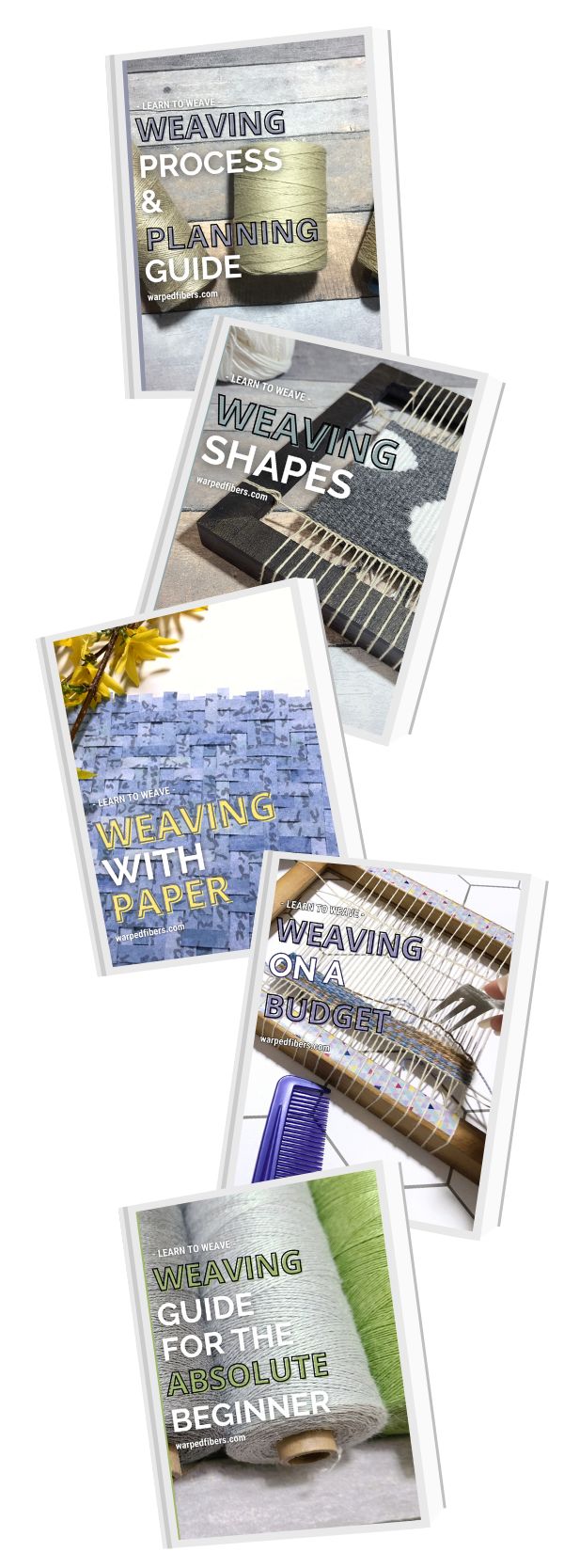
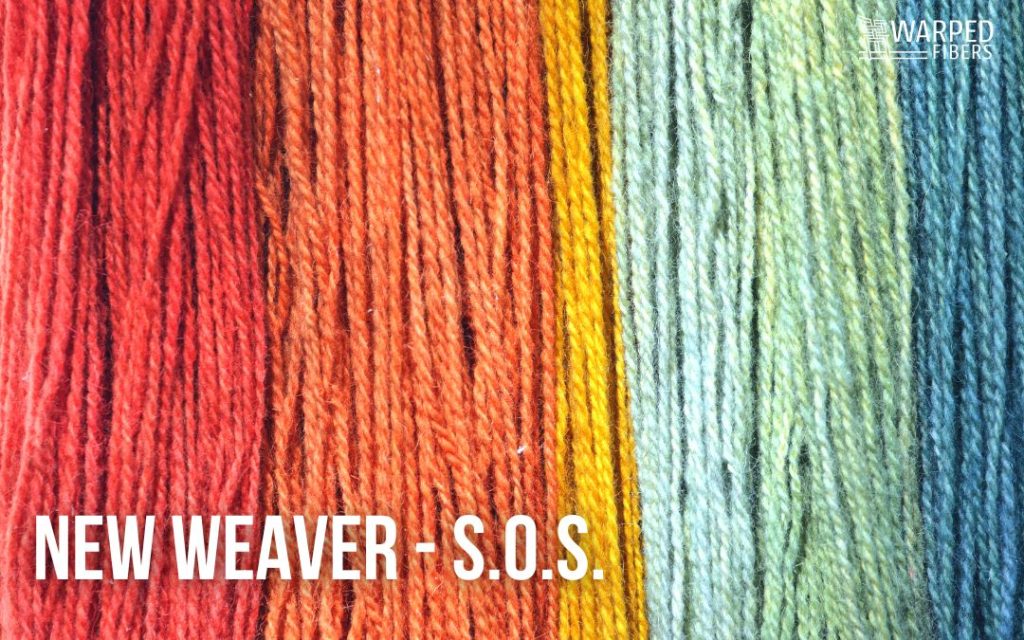

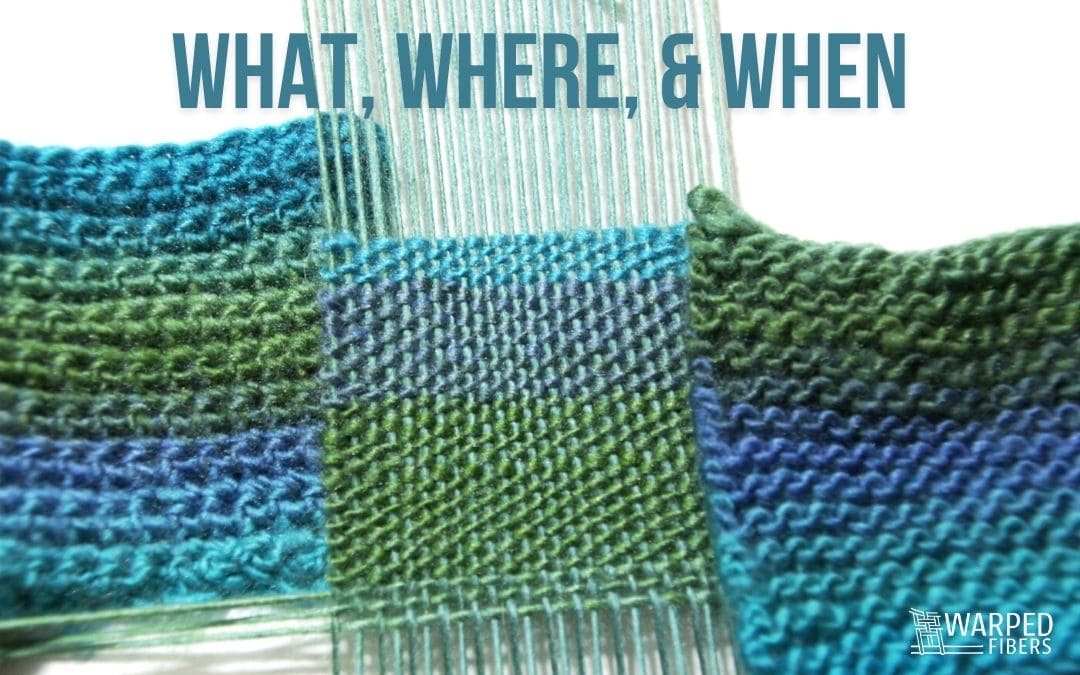

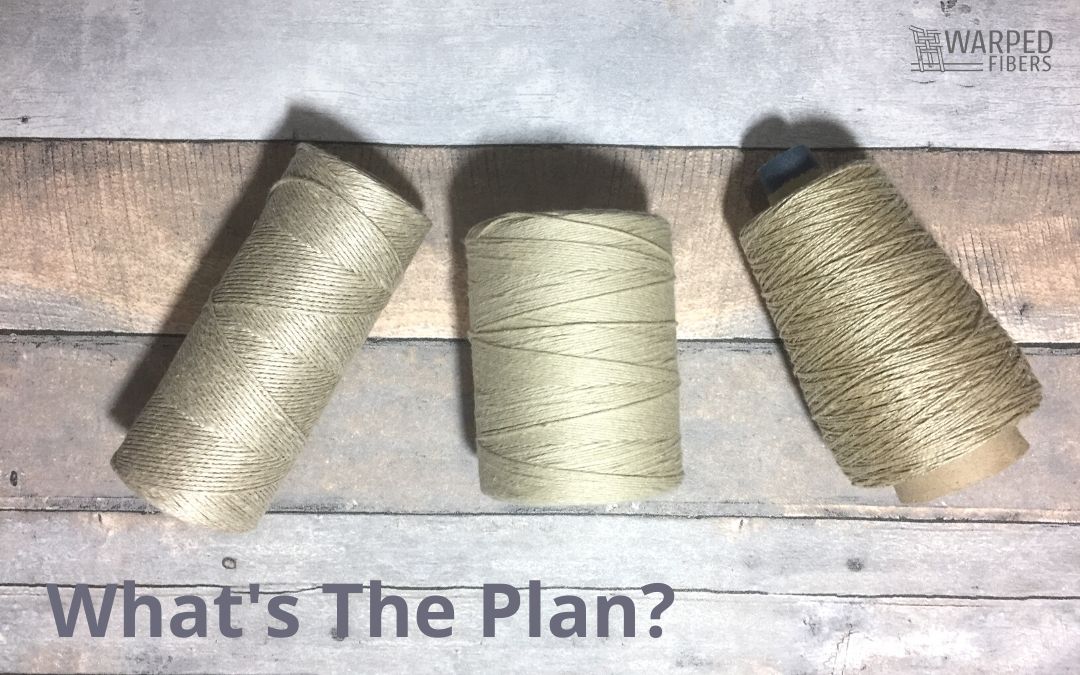

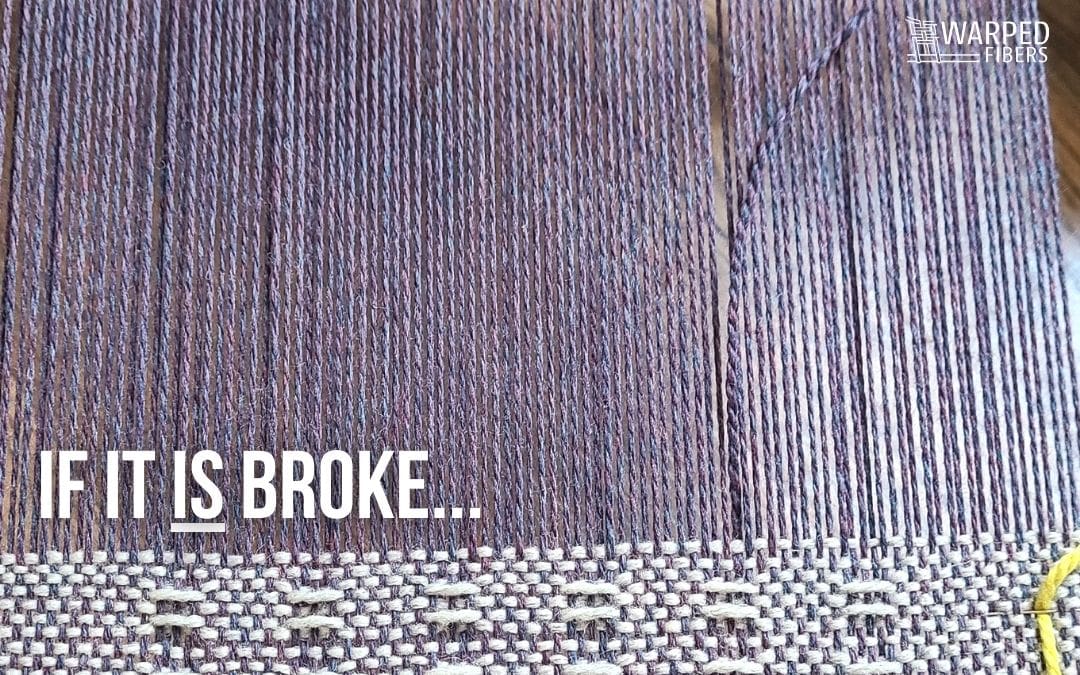

Inizierò a breve per cui devo imparare. Di solito con i miei lavori manuali ma anche in quello di ufficio sono stata molto severa con me stessa e non mi perdono gli errori. Quando ho letto questo tuo post mi ha fatto sorridere perché mi ci sono specchiata….grazie, la prendo come una lezione di vita e…non vedo l’ora di iniziare. Perché l’idea che con i fili puoi creare un tessuto mi affascina!!!
Translated: I’ll start soon so I have to learn. Usually with my manual jobs but also in the office I have been very strict with myself and I don’t forgive mistakes. When I read this post of yours it made me smile because I saw myself in the mirror… thank you, I take it as a life lesson and… I can’t wait to get started. Because the idea that you can create a fabric with threads fascinates me!!!
. . .
I’m so happy this could help you! I still have to tell myself these truths sometimes! You got this and just remember to have fun. Weaving is forgiving – so be like your weaving! ❤️
thanks so much for this article. I tend to give up easily as I fail so that I don’t succeed much. Just started a project & found a mistake I can’t un-do. Your article helped push me to just keep moving on. Again,thanks.
I’m so glad it helped! Weaving isn’t life or death so just have fun with it! Good luck on your weaving ❤️